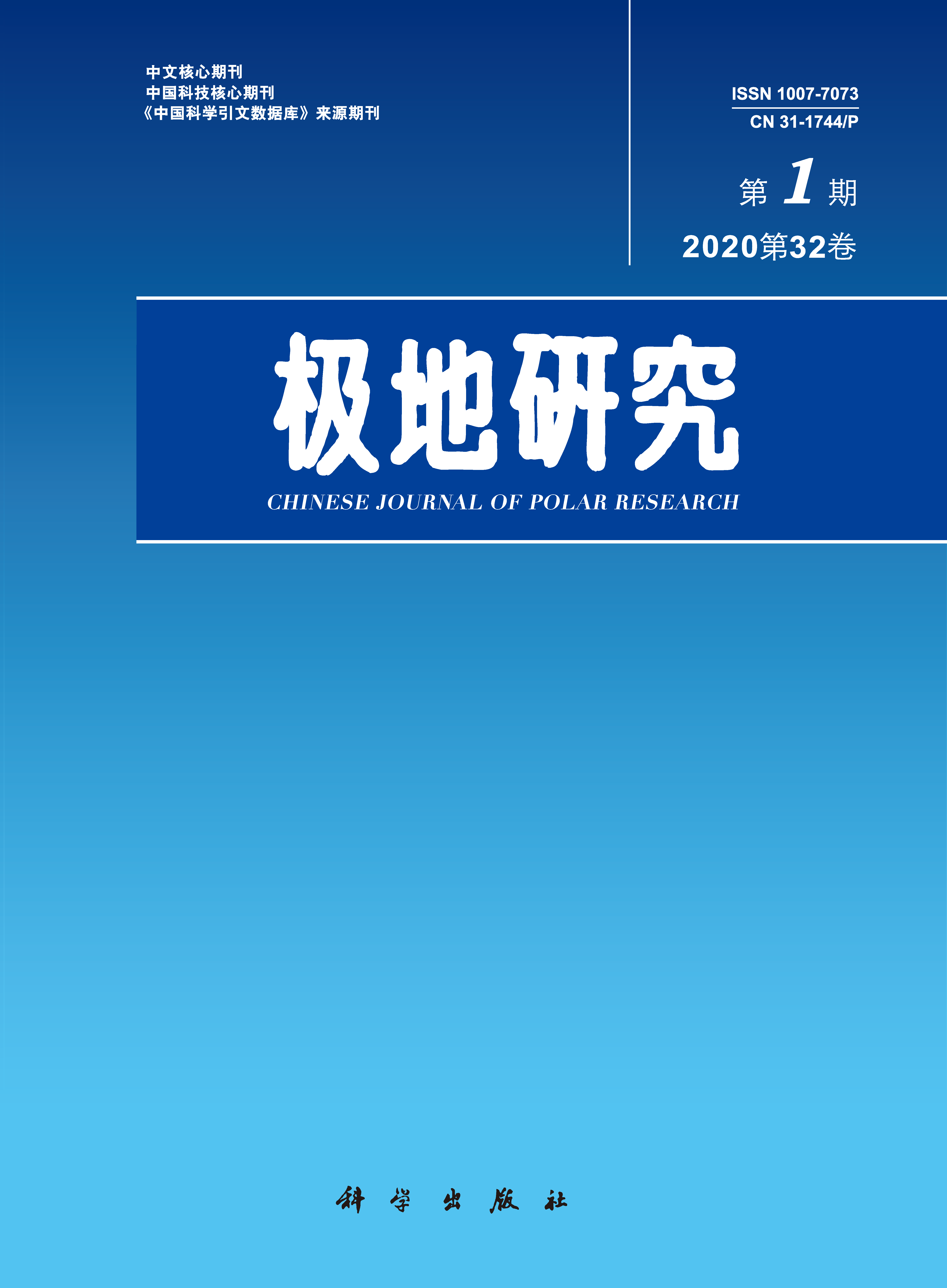During the austral summer of 2016—2017, CH4, CO2, and N2O fluxes and selected environmental variables were measured over tundra marshes on Ardley Island in maritime Antarctica. In the presence of sunlight, a net CH4 flux of –5.4±4.3 μg·m–2·h–1 was measured at the dry tundra site, while net CH4 emissions were detected at the mesic and waterlogged sites. Under sunlight conditions, maximum N2O flux was –2.6±2.4 μg·m–2·h–1, and was measured at the waterlogged site; all sites showed net N2O consumption. In the total absence of sunlight, all sites showed net CH4 and N2O emissions. Light and water enhance CH4 consumption via aerobic oxidation and promote denitrification and the subsequent formation of N2O. Under sunlight conditions, all three sites acted as CO2 sinks. The highest net CO2 flux and photosynthetic flux occurred at the waterlogged site (–40.1±17.6 mg·m–2·h–1 and –91.2±26.5 mg·m–2·h–1), while the highest ecosystem respiration rate occurred at the dry tundra site (73.1±17.6 μg·m–2·h–1). Favorable temperature and precipitation conditions during the Antarctic summer promote photosynthesis in tundra vegetation, resulting in increased CO2 uptake by marshes. Relationship between time and fluxes of the three greenhouse gases is not statistically significant (P>0.05). However, under the conditions of variable precipitation and temperature, fluctuations in N2O and CH4 fluxes are similar to those in CO2. Results indicate that different light conditions, even those under the same sunlight intensity, have considerable influence on estimates of CH4 and N2O fluxes. Relationships between the three greenhouse gases and between the gases and various environmental factors deserve further study.

